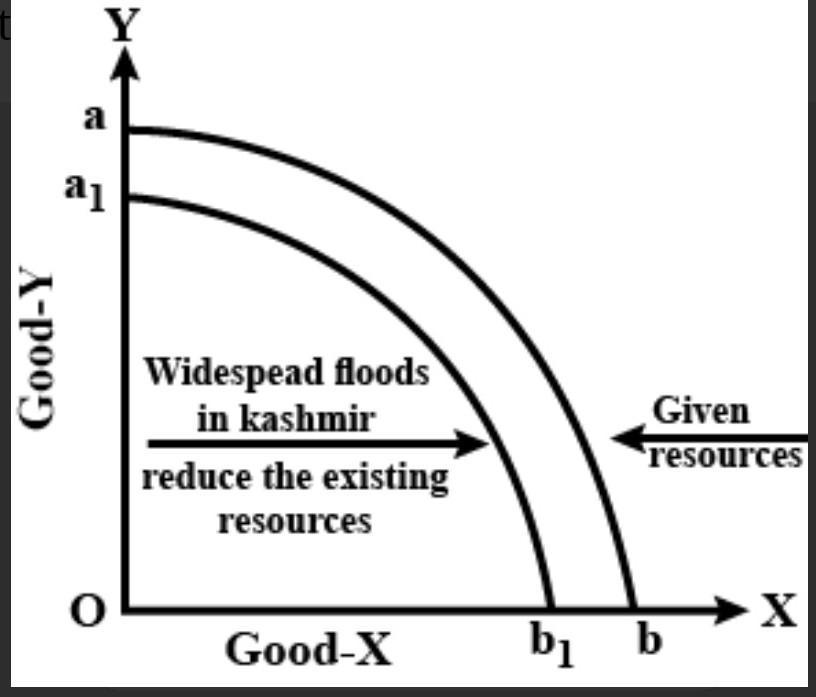Which planet in the Solar System spins in the opposite direction, from all other planets?

Answers 2
The planet in the solar system which spins in the opposite direction from all other planets is VENUS.
──────────────────────
# A theory states that Venus once rotated the same way as the other planets do but as it was struck billions of years ago by a planet size object thus the impact and its aftermath caused the rotation of Venus to change directions or flipped the planetary axis.

-
Author:
rayanmoyer
-
Rate an answer:
12
Answer:
Venus spins in the opposite direction
Explanation:
good morning
I am also fine
-
Author:
sherleenj2lv
-
Rate an answer:
4
If you know the answer add it here!
Choose a language and a region
How much to ban the user?
1 hour
1 day
100 years

